Mediterranean Mantis Facts
- This fabulous creation of Nature and evolution most frequently goes by the informative common name of the Mediterranean Mantis. The insect also has a less often used general name, though. That’s the similar, but much less accurate, term of the iris mantis.
- Scientific professionals, such as researchers, however, typically refer to it by yet another name. That’s because they generally use its purely technical name when discussing it. The intriguing Arthropod currently bears the comparatively simple technical name of the Iris oratoria.
- It further shares a distinction in that regard with numerous other species. That’s due to the fact that the eminent Swedish zoologist, Carl Linnaeus, made the first official acknowledgement of it as a separate and distinct species. He accomplished this notable deed in the year 1758.
- Regardless of which name one chooses to employ, however, it remains a fascinating creature. Sadly, though, it’s now become regarded as as invasive species insome parts of the world. This sad status occurs due to its expansion into many non-native regions by man’s actions.
- Even without this controversial expansion of its range, the Mediterranean Mantis seems to be maintaining a population base that’s both sizeable and sufficient. The IUCN, therefore, lists it as Least Concern. This status appears on the organization’s Red List of Threatened Species.
- The marvelous insect nevertheless faces several potential threats to its continued survival as a species. In this, though, it follows countless other species. Its greatest threats clearly include habitat loss due to the expansion of man, and the ongoing effects of climate change.
Related Articles
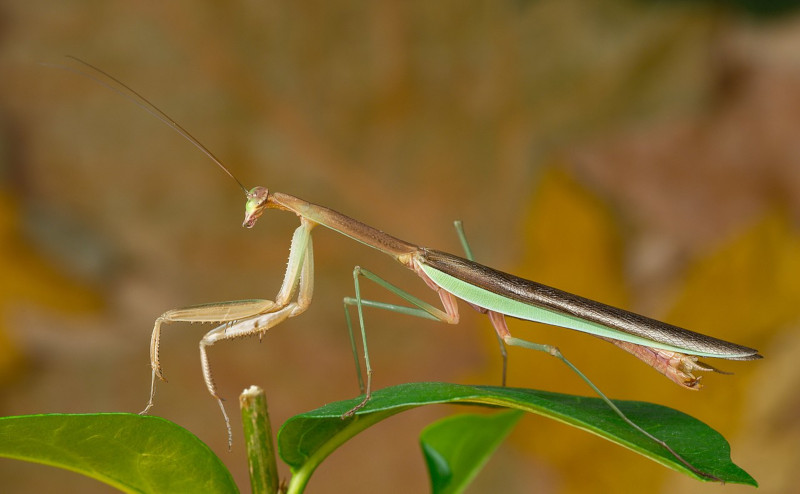
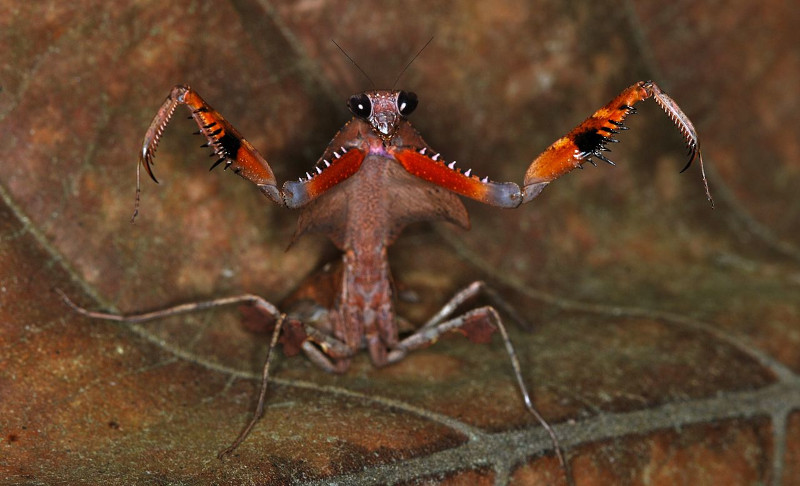

Mediterranean Mantis Physical Description
In general overall terms, the marvelous Mediterranean Mantis achieves the same general body shape and appearance as other mantids. That’s not to say, though, that the species lacks any defining physical characteristics. This wonder of Nature stands out from others in its own way.
That distinction doesn’t occur in terms of physical size, however. That’s true since it ranks as a roughly average-sized member of its Order. It also displays the physiological trait of sexual dimorphism, like its relatives. In its case, however, this trademark remains quite minor.
The gender-based difference mainly appears in the size of the abdomen of the genders. More specifically, that of the female tends to be slightly larger. The difference further becomes even more pronounced as the individual ages. Otherwise, they appear nearly identical to each other.
Individual specimens of this species achieve an average body length equaling approximately 2.6 in (6.5 cm). Although exceptional individuals naturally occur, even these rarely exceed this by much. Like most mantids, its body develops as highly elongated, and colors adapt as camouflage.
When young, most examples of the amazing Mediterranean Mantis also display an overall pale shade. As these examples mature, though, this pattern changes to a primary background of grass-like green. In yet another minor gender-based difference, the wings of the female remain short.
But this marvel of Nature and evolution clearly distinguishes itself from others of its kind, especially those sharing its range, in one quite spectacular manner. When unfurled, the creature’s hindwings display a startling pattern. That’s the presence of a violet-brown eyespot on each of them.
- Kingdom: Animalia
- Phylum: Arthropoda
- Class: Insecta
- Order: Mantodea
- Family: Eremiaphilidae
- Genus: Iris
- Species: I. oratoria
Mediterranean Mantis Distribution, Habitat, and Ecology
Fortunately, both for the Mediterranean Mantis itself, and those of us who appreciate Nature, the Arthropod possesses a comparatively extensive natural range. That range, has, however, been indirectly extended even further, and quite significantly so, by the actions of human beings.
The fascinating insect evolved originally as indigenous to most of the continent of Europe. That area covers all of the southern portion of the continent, and extends to cover all but the most northerly sections. The marvelous fauna does seem to be more common in the south, though.
In fact, the very name of the invertebrate stems from the precise portion of Europe in which the first studies of it occurred. That’s because those earliest endeavors to understand it took place in the region of the Mediterranean Sea. This include such beautiful locations as Greece and Italy.
From there, however, the activites of man served to spread it to other parts of the world. This includes portions of Asia, the Middle East, and the United States, in North America. In all areas, though, it’s highly versatile in its habitat choice. It appears wherever sufficient vegetation occurs.
This holds true due to its nature. That’s because, like other mantises around the world, it evolved as a pure carnivore. Like them, the beautiful Mediterranean Mantis typically feeds as a highly efficient ambush predator. It also consumes virtually any prey of small enough size for it to handle.
Its own predators, meanwhile, are comparatively few. These threats mostly consist of various local species of birds. When threatened, though, it displays an evolved response. It faces the threat, rears up, and then raises and waves its forelegs threateningly. It also then displays the large eyespots.
Species Sharing Its Range
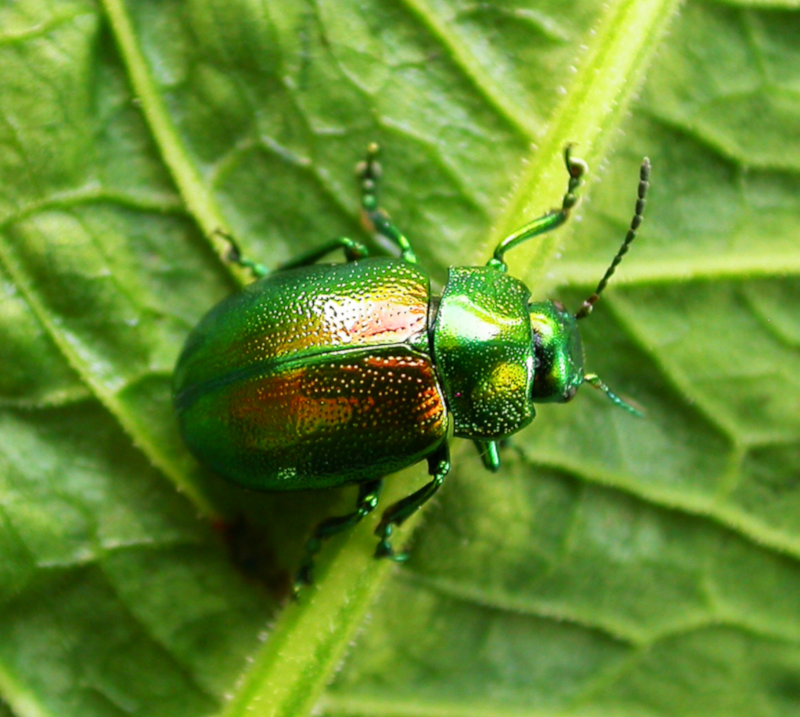


Check out our other articles on 4 Magnificent French Geological Marvels, Wilson’s Bird-of-paradise, Carbet Falls, Indo-pacific humpback dolphin, African Tulip Tree, Pea Blue, Mata mata
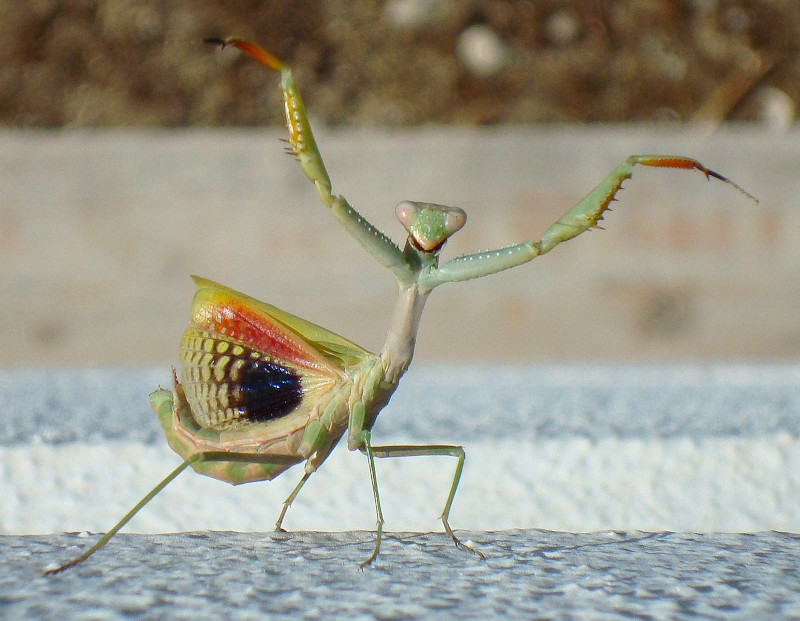
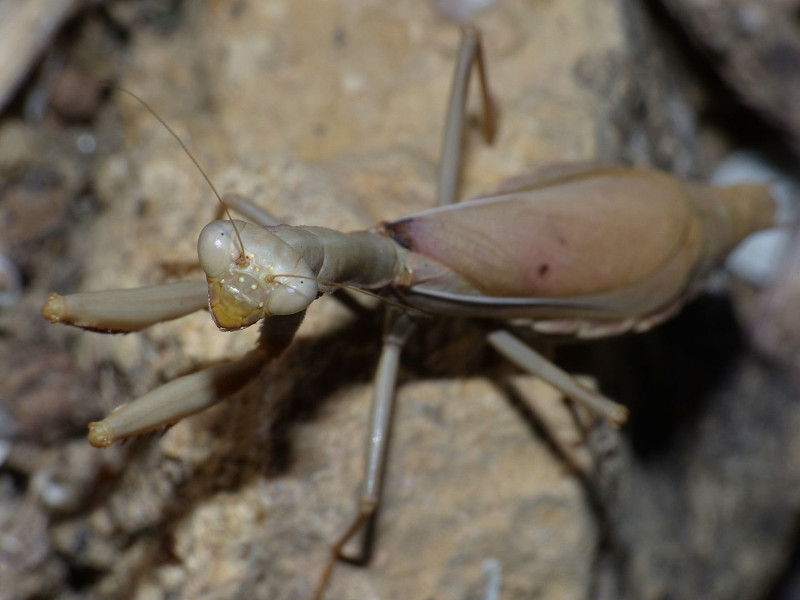
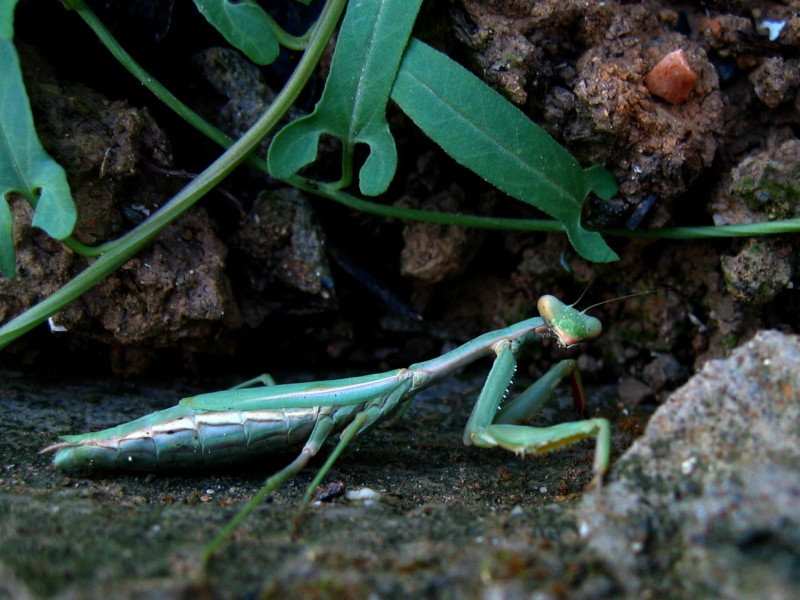









Leave a Reply